Laparoscopic Hernia Repair
Hernias are a very common medical issue that can happen to men and women of any. Hernias occur when tissue or part of one of your internal organs begins to bulge through an area of abdominal muscle. This may be due to muscle weakness, straining (as with heavy lifting), pregnancy or you may have simply been born with weaker muscles. There are several different types of hernia:
- Inguinal – this is the most common type of hernia, and occurs in the groin muscle
- Umbilical – this type of hernia occurs near or around the belly button
- Incisional – this type of hernia occurs through a scar, whether from injury or previous surgery
- Hiatal – this hernia occurs as a small opening in the diaphragm muscle that allows the upper portion of your stomach to shift upward into the chest
- Congenital diaphragmatic – this is a birth defect that needs surgical repair
Do You Need Hernia Surgery?
There are a number of reasons your doctor may recommend that you have your hernia repaired using surgery. If your hernia is causing your pain, or if it has become strangulated, it will probably be recommended that you have surgery.
What to Expect During Your Procedure
In this procedure, you will be put under general anesthesia (as with other surgical procedures). Then small incisions will be placed on the sides of the stomach. Your abdomen will be slightly inflated with air, which will allow Dr. Otah to view your abdominal cavity and organs with a camera.
A small scope with a lighted end known as the laparoscope will be placed through the incision. This acts as the doctor’s eyes as she operates. Other small incisions are made on the lower abdomen to allow for the use of surgical instruments. The abdominal wall will then be strengthened and reinforced using surgical mesh.
After Your Procedure
In most cases, a laparoscopic hernia repair is an outpatient procedure; you will go home the same day. Your initial recovery period will be between one and two weeks, after which you can return to light activity. You will be able to resume exercising and heavy activity after a full four weeks of recovery. This is still far less than what would be required following a traditional surgical hernia repair.
What Are the Benefits of Laparoscopic Hernia Repair?
Laparoscopic hernia repair has a number of benefits over traditional open hernia surgery:
- Less pain after surgery
- Shorter recovery time
- The ability to check for and repair other hernias simultaneously
- More appealing cosmetically
Who Is a Good Candidate for Laparoscopic Hernia Repair?
In general, almost any patient is a good candidate for laparoscopic hernia repair as long as they are in good health. That being said, there are some patients who should not have laparoscopic hernia repair. In general, this type of surgery is not recommended for patients who:
- Can’t tolerate being under general anesthesia
- Have a bleeding disorder (hemophilia, ITP)
- Are taking anticoagulants or blood thinners
- Suffer from severe respiratory disease such as emphysema
- Are morbidly obese
- Have had several abdominal surgeries in the past
If you are one of the patients who is not recommended for laparoscopic surgery, Dr. Otah can still help. As a qualified general surgeon, she can perform traditional procedures as well as laparoscopic surgical repair. Here at the Center for General & Laparoscopic Surgery, we offer all of the services that you’ll need to get back to full health once more.

